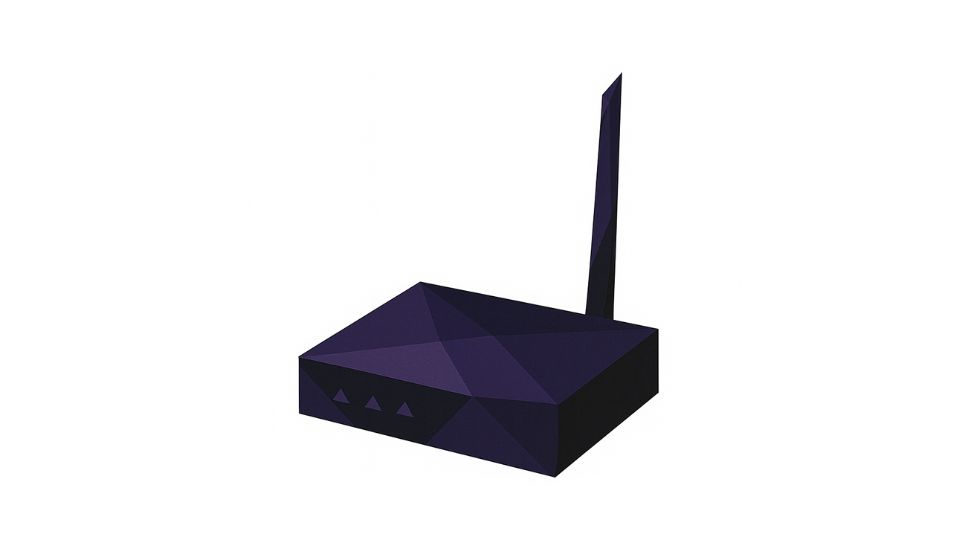A significant security vulnerability, identified as CVE-2025-12917, has been found in specific TOZED ZLT T10 network devices, creating a pathway for attackers to launch denial-of-service attacks. The flaw, which affects the device’s core operational stability, can be triggered with an exploit that is now publicly available.
This newly disclosed weakness specifically targets devices running the TOZED ZLT T10PLUS_3.04.15 firmware, potentially allowing unauthorized users on a local network to disrupt critical services. The reported lack of an official response from TOZED regarding this disclosure has raised concerns among security experts, leaving network administrators in a precarious position as they seek to protect their infrastructure.
A denial-of-service attack effectively cripples a device by overwhelming it or exploiting a weakness that forces it to cease normal operations. In the context of the TOZED ZLT T10, which often serves as a central point for network connectivity, such an attack could bring down internet access, internal communications, or other services reliant on the device. While the requirement for local network access might suggest a limited threat, it could be leveraged by malicious insiders or external actors who have already gained initial access to a network.
The vulnerability resides within an unknown function associated with the `/reqproc/proc_post` file, a component described as part of the device’s “Reboot Handler.” This specific manipulation, once executed, can induce a denial of service. The discovery was brought to light by security researchers contributing to VulDB, where a user credited as “cucumbersalad” played a role in its identification. The public release of exploit details, including a demonstration on YouTube, elevates the urgency for mitigation.
The reported absence of communication from TOZED since the early disclosure of the vulnerability is particularly troubling. Responsible disclosure practices typically involve giving vendors a period to develop and release patches before vulnerabilities become public. A lack of response or inaction can leave users exposed for extended periods, forcing them to rely on workarounds or accept significant risks. This situation highlights a broader challenge in maintaining the security posture of internet-connected devices, especially when manufacturers do not prioritize prompt security updates.
As enterprises and individuals increasingly rely on connected infrastructure, vulnerabilities like CVE-2025-12917 serve as a stark reminder of the continuous effort required to safeguard digital assets. The onus now falls on users of TOZED ZLT T10 devices to actively monitor for unofficial mitigations or reconsider their network hardware until official support addresses this critical flaw.

